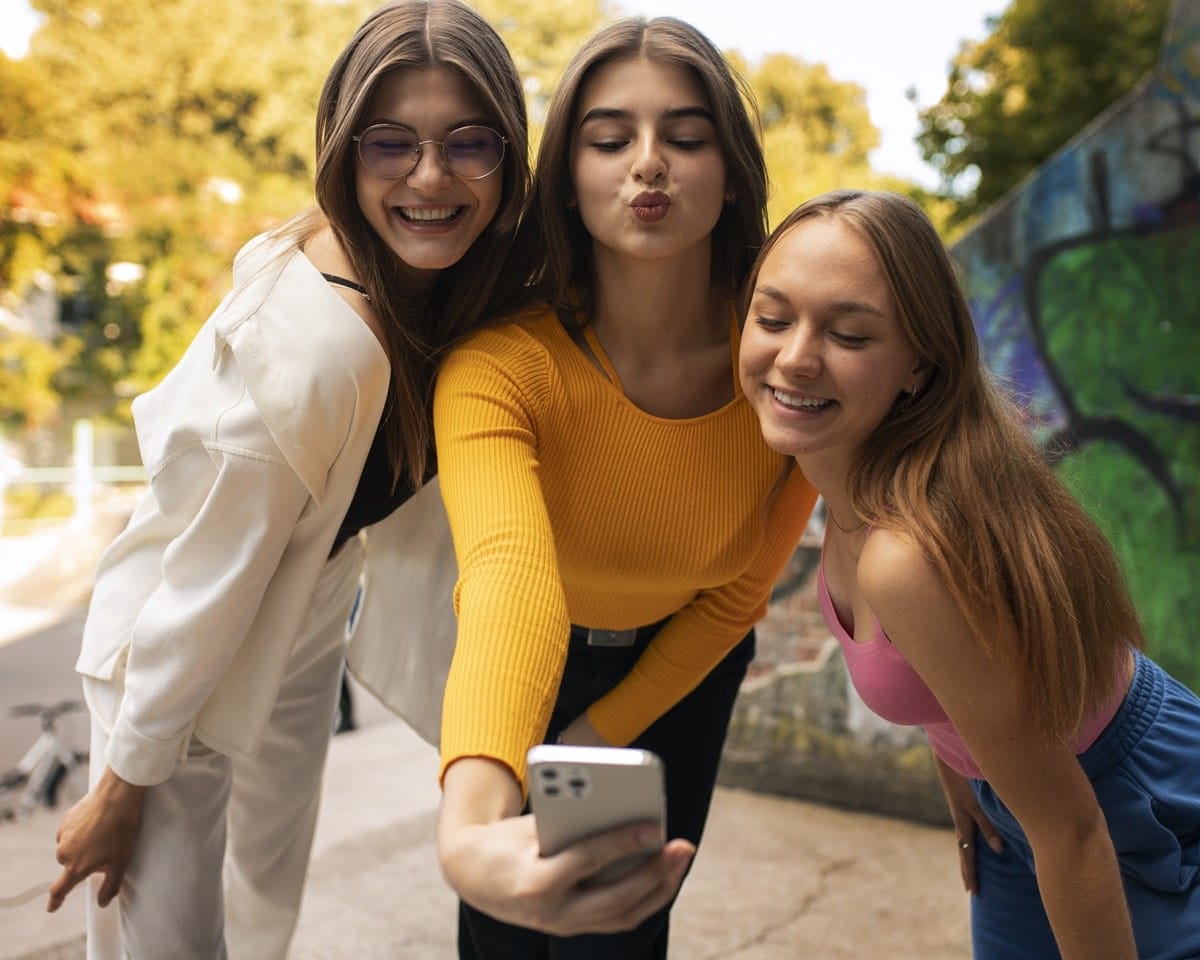Instagram is very categorical regarding its conditions of use: only those over 14 years of age can open a profile. But the reality is very different: it is enough to lie about your date of birth to use the popular Meta social network. And not only that, but minors' accounts are exactly the same as those of adults: they can contact anyone, view all types of content… Concern about this situation, especially among parents, has made those responsible of the popular network have sought advice from experts in digital security and child welfare to take action in this regard. And Spain is the country where Instagram began to be used first: 65% of minors between 13 and 15 years old already access this social network, according to data from Qustodio 2024.
Teenage accounts: contact and usage restrictions
One of the most notable actions resulting from this reflection and analysis is that all minor accounts will become obligatorily private, and will be called 'adolescent accounts'. This means that those under 18 years of age will only be able to be in contact with those people who are added to their account, automatically blocking direct messages from profiles that are not on their follower list. Restrictions will also be applied to recommendation algorithms so that they have access to more age-appropriate content; and a limitation on the time of use will be established at 60 minutes per day, after which you will be notified by means of a notification. At the moment these new measures will begin to be applied in the coming weeks in the US, Australia, Canada and the United Kingdom, but it is estimated that at the end of this year they will reach the countries of the European Union and starting in January they will be applied definitive in all countries of the world.
Along with this, Instagram is also considering including measures that reinforce the security and digital well-being of minors, such as limiting sending notifications to minors from 10 p.m. to 7 a.m. to thus allow better rest. Also the incorporation of more parental control tools, thus making it easier for families to check the accounts with which their children have recently exchanged messages.
Are 'teenage accounts' really effective?
The announcement of these actions has brought with it a debate about whether they are really efficient or not, since one of the main obstacles is that Instagram does not have an effective age verification system. To bypass these new rules, a teenage user just has to continue lying about his or her date of birth as we said at the beginning. In this sense, Antigone Davis, Meta's global director of Security, has already assured media such as 'The Verge' that they are working on the development of new tools to verify age. Some of the ideas being considered are for users to certify it with a photo or video showing an identification document or to have others vouch for their age; or using AI to look for signs that may indicate that a user is under 18 years of age. For example, if a user creates an adult account, but someone on Instagram congratulates them on their 14th birthday, the AI will detect that it is a profile of a minor. On the other hand, there is also a gap regarding private accounts, because although experts consider that it is a positive point that they have the obligation to be 100% private and that they can only accept accounts that they know, they could fall into the trap of those users who use fake accounts to get their friend request accepted. This is indicated by Ferran Lalueza, professor of Information and Communication Sciences Studies at the Open University of Catalonia (UOC), who points out that “harassers do not always show their faces. They often use false identities and, therefore, this false identity can allow the adolescent to include them within this circle of trust and to exert their toxic influence.” Finally, another of the controversial issues that 'teenage accounts' bring with them ' is to know if they will really help to stop the addiction to this social network. The reality is that although its measures include one designed to regulate the time limit that minors spend on Instagram, it will only do so through one. notification, and it will be the users themselves who will have to disconnect. “Let's not lose sight of the fact that it is only a warning and, therefore, if the teenager is really hooked on the network, as is quite common unfortunately, it will surely not have any effectiveness. and will continue browsing the web and connecting and consuming content beyond the marked time,” concludes Lalueza.

